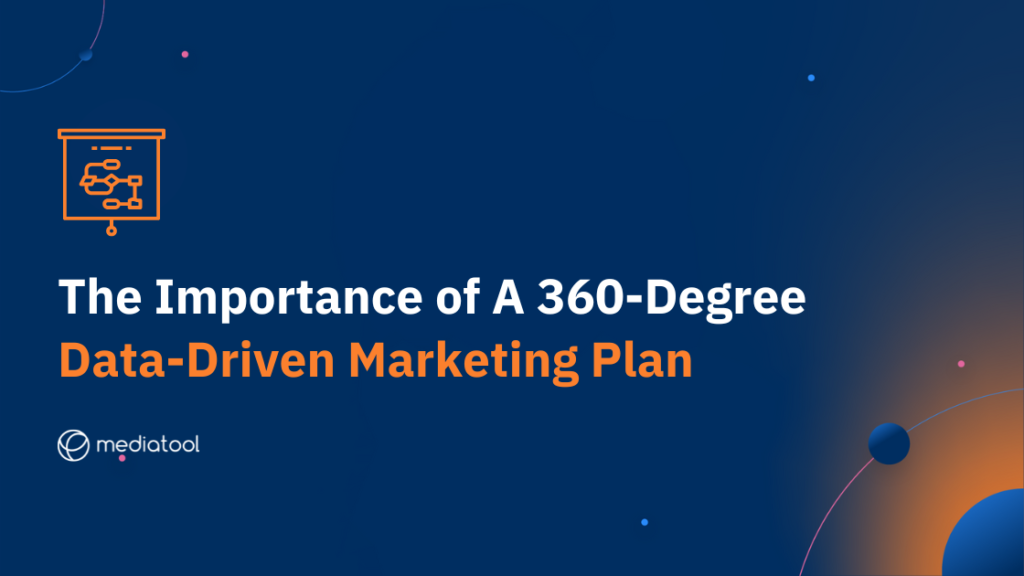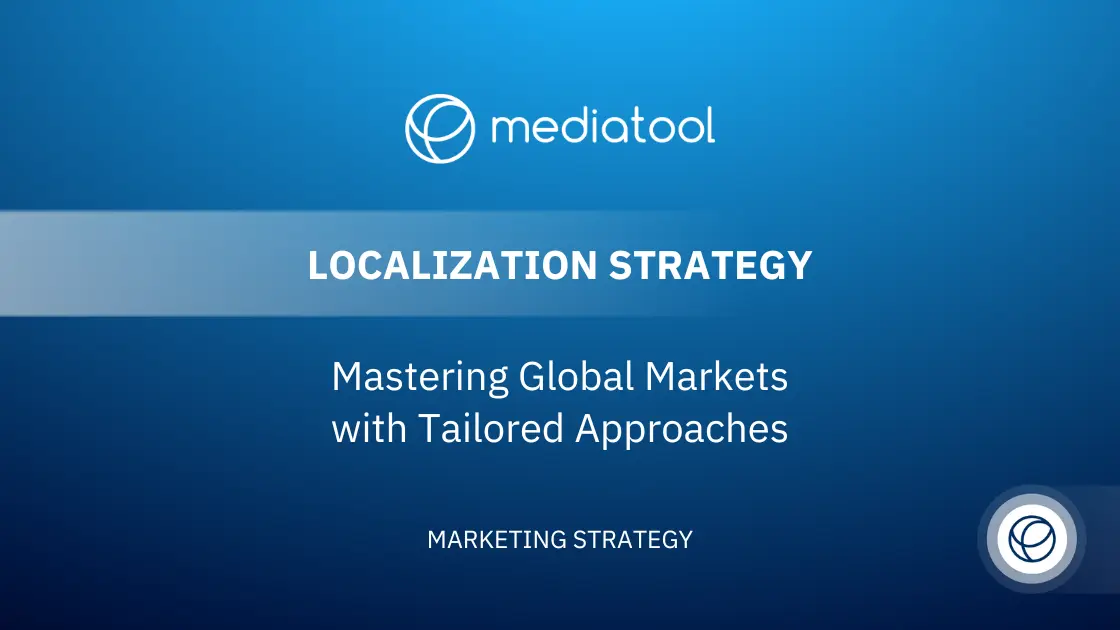How taking a data-first approach and switching to a performance mindset can help you meet targets, improve budgets, and achieve your objectives faster.
Marketing dashboards were the fashion a few years ago and we marketers couldn’t get enough of them. We had a tool to track our website traffic, one for our social media engagement, and another for our pay-per-click campaigns (PPC). Then, we hooked these dashboards up to each other to better understand our marketing activities and learn where to focus our efforts. The insights we gained from them were game-changers—at the time—but things have since moved on in digital marketing as they always do.
Having a separate tool for each marketing activity has become the norm. But marketers are still having to manually cut, paste, and crunch the numbers to get the insights they need and report to their managers. But answers to strategic-level questions still need more than data alone. What happens when your sales increase? Does your market share go up too? How can you attribute an increase and model it for future performance? These questions are key to connecting performance with sales and, in turn, to your targets and they can be quickly answered when you’re using the right tools.
Next-generation marketing intelligence and data platforms connect real-time results with your targets and objectives for a high-level view of your marketing activities that help answer the above questions and improve your marketing. But how exactly do they do this and how can you build a marketing plan that puts data first and gives you that 360-degree view of your marketing activities? Read on to find out.
Unified data and automation frees up time and gives reliable insights
We have so many marketing tools at our disposal our marketing data has become siloed and connecting up these separate data streams has become time intensive. According to recent research, 43 per cent of marketers spend a week or more every month collecting, cleaning, and harmonizing data. What’s more, only one-third of these people are confident their data is accurate. Unsurprisingly, many marketers are tied up doing manual tasks and they lack the ability to generate insightful reports and quickly apply their findings to campaigns mid-flight.
This is where the importance of unified data and automation come in. Taken together, they have the power to deliver accurate and actionable insights for those data-driven marketing decisions by unifying and cleansing data and freeing up human resources in the process. The implications of this are far-reaching. Take budgeting, for example. You can set budgets and targets for teams who can then allocate their spend across marketing channels and create tracking codes to monitor activities and gain real-time performance results. Then, teams can use insights from the data to adjust spends and optimize campaigns. However, to harness its full potential, data needs to be integrated into your marketing right from the planning stage.
Organize your data from the get-go for better insights and more informed decisions
Marketers are turning to data (if that’s not already crystal clear) to glean insights and make mid-campaign optimizations. And we’re at the early stages of this data-focused trend. Advanced data analysis will likely be a pillar of strategic decisions in years to come. Correctly naming and structuring your campaign is the key to unlocking all the opportunities data offers.
This is where all-in-one dashboards play a key role. They help set up your tracking and keep all your data, targets, and results in one secure place. For example, from a central dashboard your marketing teams can see how ads are performing and quickly adjust their ad spend, reshape their message, and optimize their targeting. At the higher level, managers and executives can review spending patterns and compare them to brand growth and sales volume. Plus, without the need to manually copy and paste numbers between platforms, the chances of lost, duplicate, or erroneous data are greatly reduced.
How to create a 360-degree data-driven marketing plan
Build data into your marketing plan from the ground up
Data veracity and ease-of-access are the two most important factors to drive a successful data-based marketing campaign. Reliable data gives teams the confidence to evaluate channel-by-channel metrics and overall performance so they can optimize spending and get closer to potential customers. Consider how focusing on data will help you understand your performance and what numbers to look out for so you know where to focus your efforts.
Integrate your campaign with your targets
Today, there are even more possibilities to combine your plan with your actuals to reach your objectives. Think carefully about how staff at different levels can access and utilize data and insights to meet their targets. For example, while teams use data to optimize specific channels, marketing managers and executives can use the same tool to access higher-level insights to assess overall performance, compare results to KPIs, and make strategic decisions.
Use real-time data to get closer to your target audience
A dashboard that’s integrated with your marketing channels can continuously pull performance data so you don’t need to wait for reports. By using reliable up-to-date data, you can compare your budget with your actual spend. You can even pull daily reports to continuously weigh performance against benchmarks and instruct teams on how and where to optimize to get that bit closer to your target customers.
Move over to a performance mindset
Since there is a wealth of data out there, marketers are becoming more performance-focused. Nearly all online marketing activities can now be tracked, analyzed, and optimized. Offline activities can be tracked and fed into datasets to show how they fit into marketing campaigns as well. Thinking in terms of performance opens up the possibility to track, combine, and improve virtually all your marketing efforts.
Use an all-in-one platform
Remote working teams have powered up during the pandemic and one challenge that’s come out of this that you can have too many siloed platforms. Plus, remote working could be here for a long time, so gearing up for it will help teams collaborate and meet their goals. Having a marketing tool with features like cloud storage, document sharing, and tracked comments helps to simplify communications. It also centralizes your marketing activities and lessens the need to jump between platforms, keeping your data secure in the process.
Plan, collaborate, and optimize all in one tool
You can plan and collaborate by keeping track of campaign performance, creating campaign calendars, and even generating tracking codes with an all-in-one marketing and media planning tool (like Mediatool!). Marketing managers can set budgets and targets for their teams and then manage the entire process, from tracking and budget allocation to reports and insights.
And it’s not just brands that benefit from a marketing and media planning tool. Media agencies can keep track of all their clients and campaigns in one place. Plus, they can give their clients access to view performance, give feedback, and pull reports as and when they need to.
With Mediatool, you can customize your dashboard and reports to visualize planned versus actuals and show exactly what you need. For example, you can compare your campaigns in Europe and North America in just a few clicks. Our users stopped trawling through spreadsheets to hunt down data long ago. Now, they do the same job in just five clicks and without the need to jump between platforms. The result: they have the data in hand to gain a 360-degree view of their marketing so they can quickly decide how to optimize performance, meet their objectives and make better decisions.





